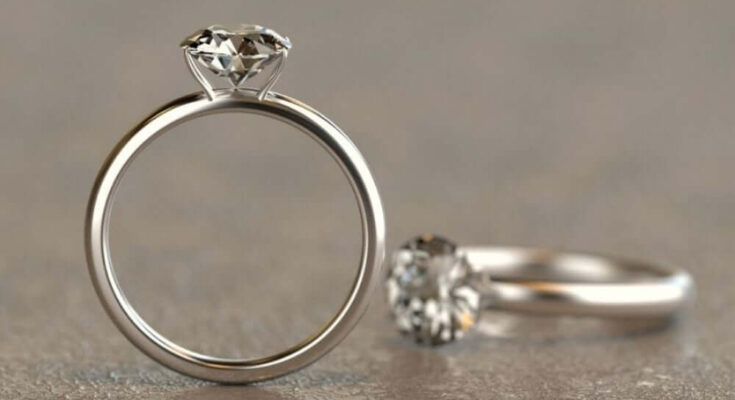Engagement rings hold a timeless significance in human relationships, symbolizing commitment and love. In recent years, however, the spotlight on these symbols has broadened to include their environmental and ethical footprint. As couples increasingly prioritize sustainability in their choices, the jewelry industry has responded with innovations like recycled metals and lab-grown diamonds. These advancements aim to close the loop on resource extraction and ethical concerns while offering a beautiful, guilt-free alternative.
The concept of sustainability in jewelry revolves around minimizing the environmental impact and ethical concerns associated with traditional mining practices. Engagement rings, being a prominent symbol of love and commitment, are at the forefront of this shift towards responsible consumption. Recycled metals play a crucial role in this narrative by reducing the need for new mining. Metals like gold and platinum can be extracted from discarded jewelry or industrial materials, refined, and reused without compromising quality. This process not only conserves natural resources but also decreases the energy and water usage typically required in mining operations.
Lab-grown diamonds complement recycled metals in the quest for sustainability. Unlike natural diamonds, which are mined from the earth, lab-grown diamonds are created in controlled laboratory environments using advanced technological processes. They have the same physical, chemical, and optical properties as mined diamonds but are produced sustainably with minimal environmental impact and no human rights concerns. By opting for lab-grown diamonds, consumers can enjoy the beauty and symbolism of diamonds without contributing to the environmental degradation or ethical issues associated with diamond mining.
The shift towards recycled metals and lab-grown diamonds in engagement rings reflects broader consumer trends towards ethical consumerism and sustainability. Millennials and Gen Z, in particular, are driving this change with their increased awareness of environmental and social issues. They seek products that align with their values of transparency, social responsibility, and environmental stewardship. Engagement rings, as significant investments, are no exception to this trend, prompting jewelers to adapt their practices to meet the demands of conscientious consumers.
From a business perspective, integrating recycled metals and lab-grown diamonds into jewelry lines not only meets consumer demand but also enhances brand reputation. Jewelers who prioritize sustainability can differentiate themselves in a competitive market by offering products that resonate with eco-conscious consumers. This approach not only attracts new customers but also fosters loyalty among existing ones who value sustainability in their purchasing decisions.
Furthermore, the adoption of recycled metals and lab-grown diamonds supports the United Nations’ Sustainable Development Goals (SDGs), particularly goals related to responsible consumption and production, climate action, and partnerships for the goals. By choosing sustainable materials, jewelers contribute to a more circular economy where resources are reused and recycled, reducing waste and minimizing the overall environmental impact of jewelry production.
In conclusion, the trend towards using recycled metals and lab-grown diamonds in engagement rings underscores a significant evolution in the jewelry industry towards sustainability. This shift not only addresses environmental and ethical concerns but also meets the preferences of a new generation of consumers who prioritize sustainability without compromising on quality or beauty. As awareness continues to grow, the demand for sustainable engagement rings is expected to rise, encouraging further innovation and improvement in responsible jewelry practices. By closing the loop on resource extraction and ethical dilemmas, jewelers can create a brighter, more sustainable future for the jewelry industry and its customers alike.




